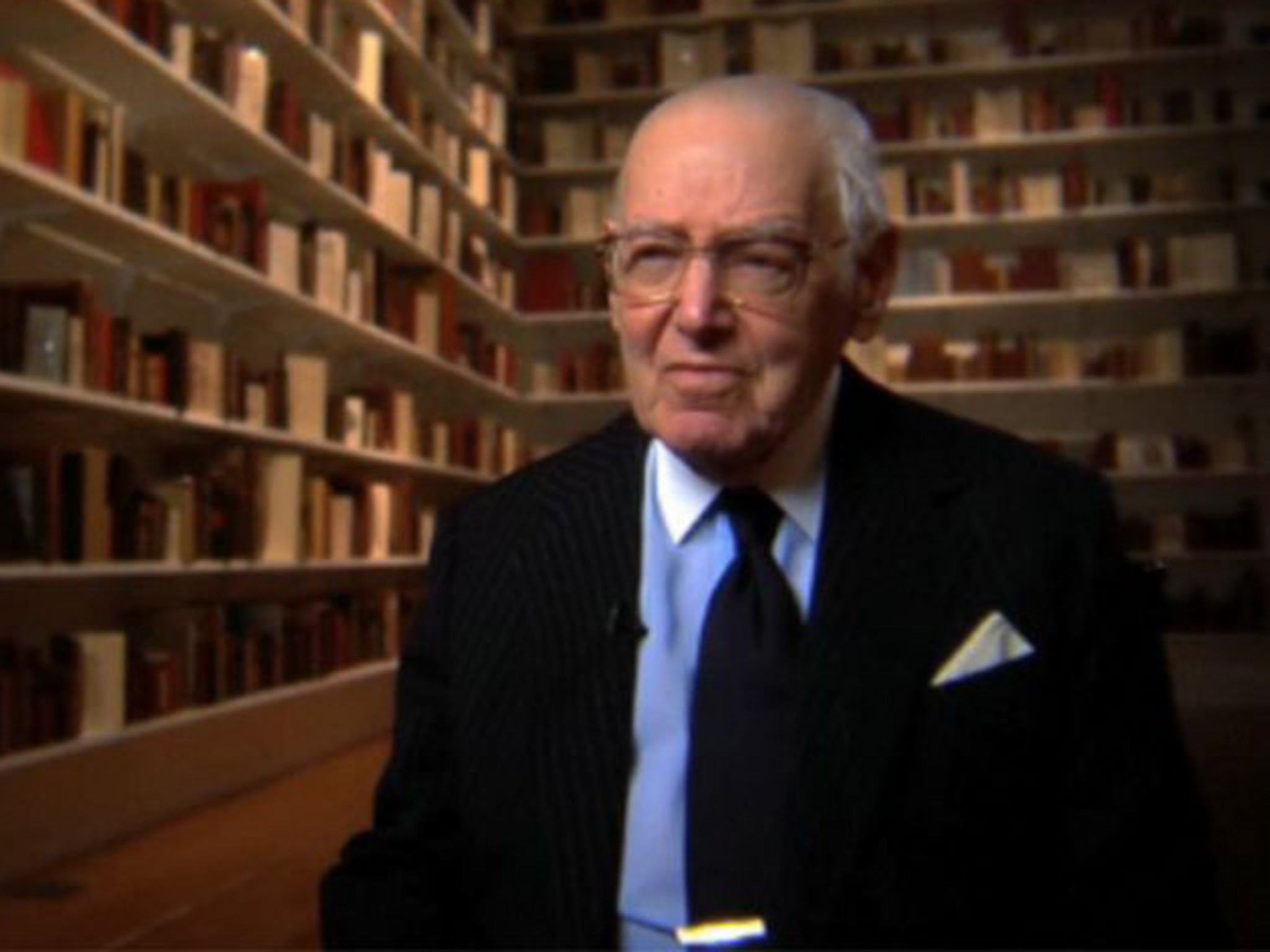Talmud: 16th-century edition of the book to be sold by diamond merchant who rescued it from obscurity
Jack Lunzer stumbled upon the copy of the world’s first complete printed edition of the Talmud after it had been misidentified and put in an exhibition of books belonging to Westminster Abbey

Your support helps us to tell the story
From reproductive rights to climate change to Big Tech, The Independent is on the ground when the story is developing. Whether it's investigating the financials of Elon Musk's pro-Trump PAC or producing our latest documentary, 'The A Word', which shines a light on the American women fighting for reproductive rights, we know how important it is to parse out the facts from the messaging.
At such a critical moment in US history, we need reporters on the ground. Your donation allows us to keep sending journalists to speak to both sides of the story.
The Independent is trusted by Americans across the entire political spectrum. And unlike many other quality news outlets, we choose not to lock Americans out of our reporting and analysis with paywalls. We believe quality journalism should be available to everyone, paid for by those who can afford it.
Your support makes all the difference.A 16th-century edition of one of Judaism’s most important works is to be sold by the London diamond merchant who rescued it from obscurity.
Jack Lunzer stumbled upon the copy of the world’s first complete printed edition of the Talmud after it had been misidentified and put in an exhibition of books belonging to Westminster Abbey.
After realising what the volume really was, Mr Lunzer discovered that the abbey had a complete nine-volume set of the Talmud printed by Daniel Bomberg in the 1520s, and that it had been gathering dust for centuries.
Mr Lunzer immediately realised its value. Bomberg’s first complete edition of the Talmud, printed in Venice, remains the model for all subsequent editions to the present day.
The Abbey’s near perfectly preserved Talmud, the book that forms the basis for all codes of Jewish law, was a key document in the development of Jewish faith and observance.

It took Mr Lunzer decades before he could persuade the abbey to sell it. When he finally got the book in 1980, it helped make his collection arguably the world’s finest private library of Hebrew books and manuscripts.
But with Mr Lunzer now aged 91, he and his family have decided to sell the collection, known as the Valmadonna Trust library, in a series of auctions. The Bomberg Talmud will be sold at the first auction at Sotheby’s New York on December 22 and is expected to fetch at least $7m (£4.6m).
Having always made the 13,000-item collection available to researchers, Mr Lunzer had hoped it could be kept together and sold to a major academic library, but he has been unable to find an academic institution able to afford the $30m price tag.
Mr Lunzer’s daughter Margaret Rothem said that to help scholars “everything has been microfiched” but she admitted that the thought of the collection being broken up was “awful” and said: “My father used to refer to these books as his brothers and sisters.”
The Antwerp-born son of a British diamond dealer, Mr Lunzer had initially begun collecting racehorses. Everything changed when one of his daughters asked him if his horses were running that day. “That was it for me,” he said. “I phoned the manager and said, ‘Sell my horses.’ You cannot bring up Jewish children on racehorses.”
Instead he brought them up on books, which filled his home in Hampstead Garden Suburb, north London. “The Bomberg Talmud was in the lounge,” recalled Ms Rothem. “In the library was the holy of holies – a complete collection of Italian 16th-century printed works.”
Mr Lunzer spotted the incorrectly labelled volume of the Bomberg Talmud in an exhibition at London’s Victoria and Albert Museum in 1956, but it took him until 1980 to persuade Westminster Abbey to part with it.
Join our commenting forum
Join thought-provoking conversations, follow other Independent readers and see their replies
Comments